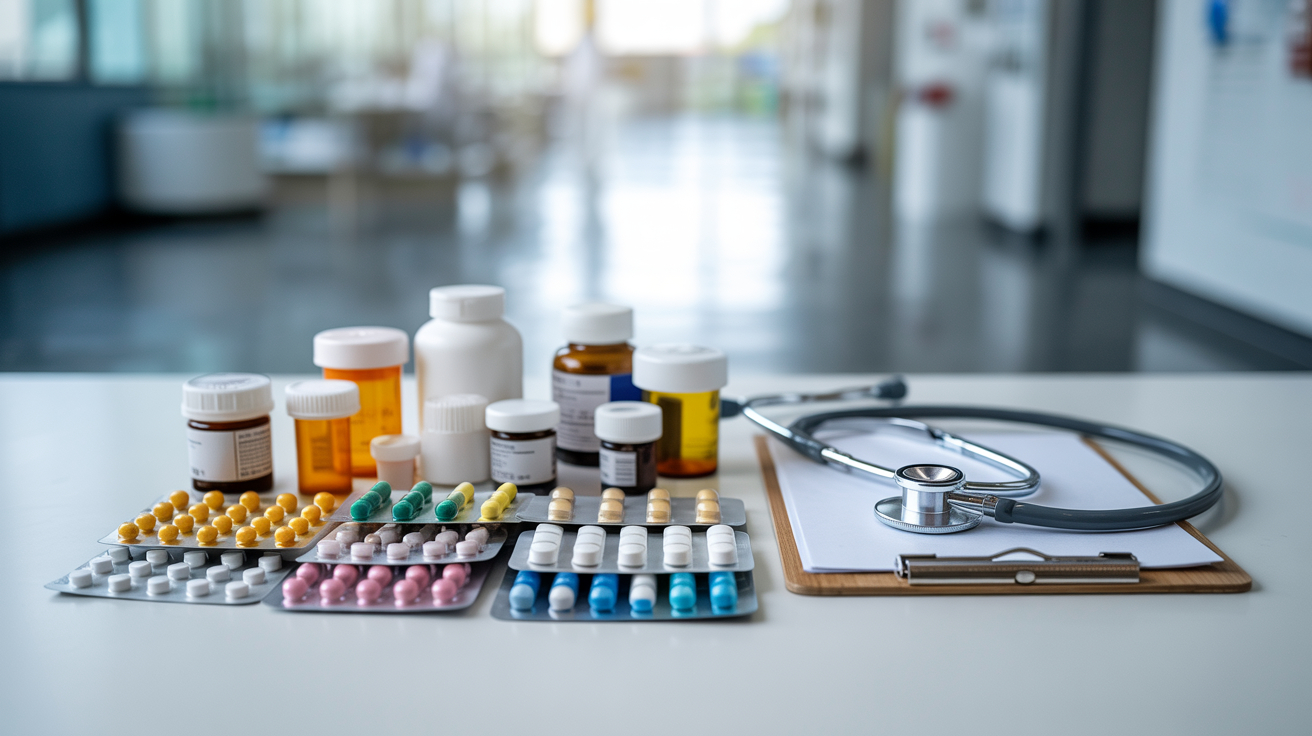On April 17, 2017, Prime Minister Narendra Modi stood before an audience and declared that doctors across India would soon be required to prescribe only generic names of medicines. It was a seemingly straightforward move, and one designed to make healthcare more affordable, and perhaps, even more transparent. But it met with instant, thunderous resistance.
The strongest protests did not come from pharma companies. They came from doctors themselves. Nearly a decade later, the dust has settled, but only partially. Today, that mandate is enforced almost exclusively in government hospitals, where doctors’ prescriptions are audited routinely. The system is clear: if a government doctor prescribes a branded drug when a generic equivalent exists, there could be serious consequences. What’s keeping generic drugs which are cheaper, chemically identical alternatives to the branded ones from becoming the norm? A mix of perception, incentive, and deep mistrust. A fear that was quietly planted among Indian patients: that generic medicines are inferior, less effective or even dangerous.
“Generic equals substandard” is a belief that continues to echo in clinics and chemist shops alike. The irony? This fear was often seeded by those whom people regard equivalent to Gods- The Doctors. In India, doctors are revered. Their words are like a final verdict. But the same profession has also faced long-standing allegations of receiving “incentives” from medical representatives. The more expensive the brand, the bigger the cut. It’s a system that is whispered about in pharma circles, but rarely spoken of openly. For patients, the consequence is simple: they pay more. Sometimes, exponentially more.
But the truth is both more nuanced and more empowering than what most people believe. Generic drugs do work. They are required by law to have the same active ingredients, strength, and efficacy as their branded counterparts. The difference lies largely in packaging, marketing and perception. Understanding this truth is not just an exercise in healthcare literacy. It can help you save thousands without compromising on your treatment. In a system where incentives sometimes override ethics, the best weapon a patient can have is knowledge. This blog breaks it all down for your health, and for your wallet.
What are Generic Medicines?
Famously known as “cheap medicine” among many Indian patients and made infamous by doctors but generic medicine is simply a drug that enters the market after its patent expires. A patented drug is one that has taken nearly two decades of research, trials, and approvals before it becomes available to the public. To recover the cost of this research, the drug is protected by a 20-year patent. During this period, no other pharmaceutical company is allowed to manufacture or sell the same formulation except the one holding the patent. But once the patent period ends, the formula is free for all. Multiple manufacturers step in, competition rises, and the same medicine now a generic is sold at a fraction of the original price.
What are Branded Medicines?
Branded medicines and generics medicines have the same composition. The only difference? One goes through heavy marketing. Pharmaceutical companies spend fortunes on campaigns, ads, and doctor outreach designed to build trust in their brand name. That marketing war, ultimately, is reflected in the price tag. And that cost you and I end up paying.
Are Generic and Branded Medicines the same?
Yes, branded and generic medicines are fundamentally the same. As explained in the previous section, once a drug’s patent expires, it can be manufactured by multiple companies under a new label without changing its core properties.
Here’s how closely the two compare:
- Bioequivalence: Generic medicines, though off-patent, are held to the same regulatory standard. Before hitting the market, they must prove bioequivalence meaning the active ingredient behaves in the same way in the body as the branded version.
- Therapeutic Effect: If the bioavailability (the amount of active drug that reaches circulation) and bioequivalence are similar, the therapeutic effect will be too. In other words, both medicines treat the condition equally well.
- Indications and Labelling: A generic medicine is approved to treat the exact same condition, with the same indications, as its branded counterpart. Even the usage instructions and safety information are aligned.
- Testing Protocols: Both branded and generic drugs undergo the same rigorous testing for hardness, dissolution, and disintegration. That is why the two forms are physically and chemically consistent.
- Dosage, Form, and Administration: Whether it is a tablet, capsule, syrup, or injection, the strength, dosage form, and route of administration are identical between branded and generic versions. A generic drug is quite literally a copy of the original.
So, where do the differences lie?
Mostly in the visuals. Color, shape, packaging, and branding may differ. Drastically in prices. Some generics may also include different inactive ingredients or additives. But none of this affects the medicine’s efficacy. At its core, a generic drug is every bit as effective as its high-priced branded sibling. The difference lies not in the molecule, but in the marketing.
Can I Trust Generic Medicines?
There is often no real difference between branded and generic medicines. In many cases, both are manufactured in the same facility and sometimes even on the same production line. What separates the two is not the science. It is the story. The core strategy of pharmaceutical marketing companies is surprisingly simple firstly they create doubt. And they have been successful at it. By leveraging word-of-mouth influence from doctors, they have built a perception that generic medicines are substandard or unreliable. But here is the truth: generic medicines can be trusted, even in the most critical conditions. They are regulated, tested, and proven.
Conclusion
The Indian pharmaceutical marketing companies hides a truth, and the truth often gets buried under layers of branding, influence, and misinformation that generic medicines don’t work. But they do. They are clinically tested, legally approved, and therapeutically equivalent to their branded counterparts. Yet the perception gap remains. Created by marketing strategies, reinforced by misplaced trust, and fueled by a healthcare culture that too often rewards image over substance. But perception can change. And when it does, it holds the power to shift not just how India consumes medicine but how much it pays for it. Because in a country where out-of-pocket healthcare expenses can push families into poverty, choosing a generic over a brand-name medicine is not just smart. It is essential. The next time you are handed a prescription, remember: the real power lies not in the name on the strip, but in knowing what is inside it.


